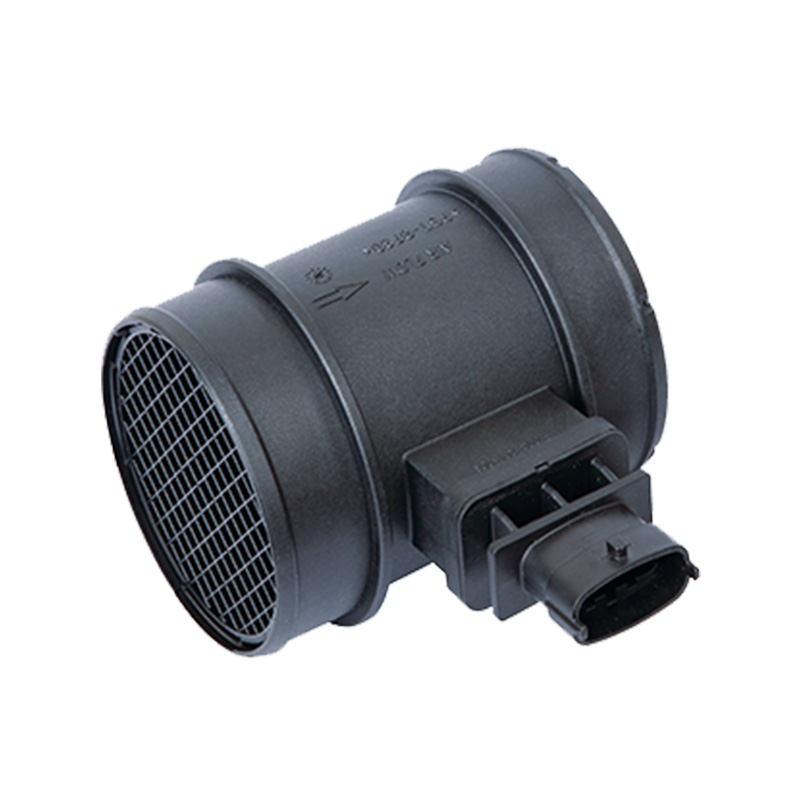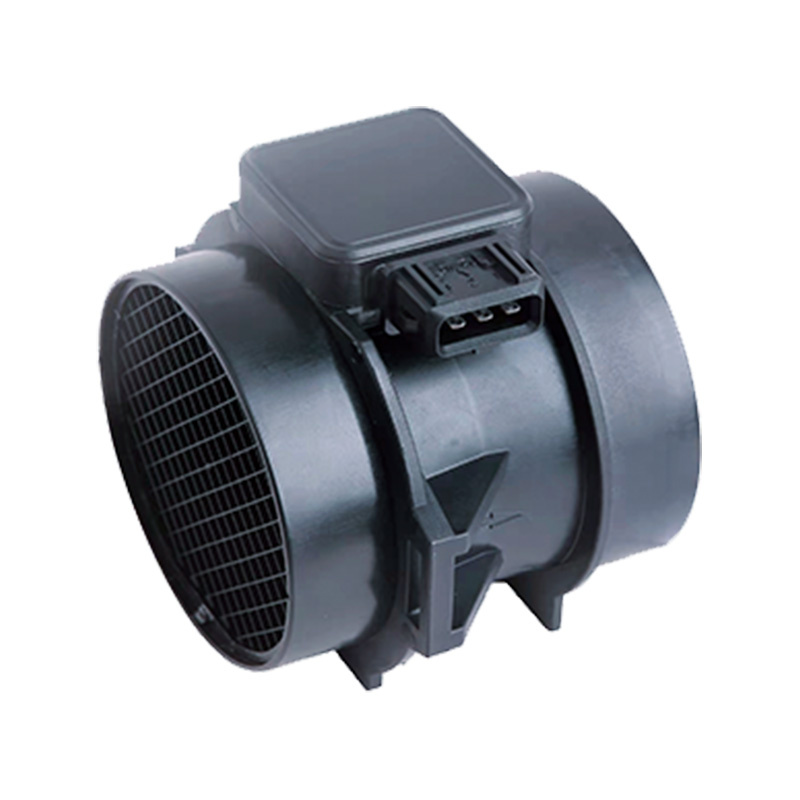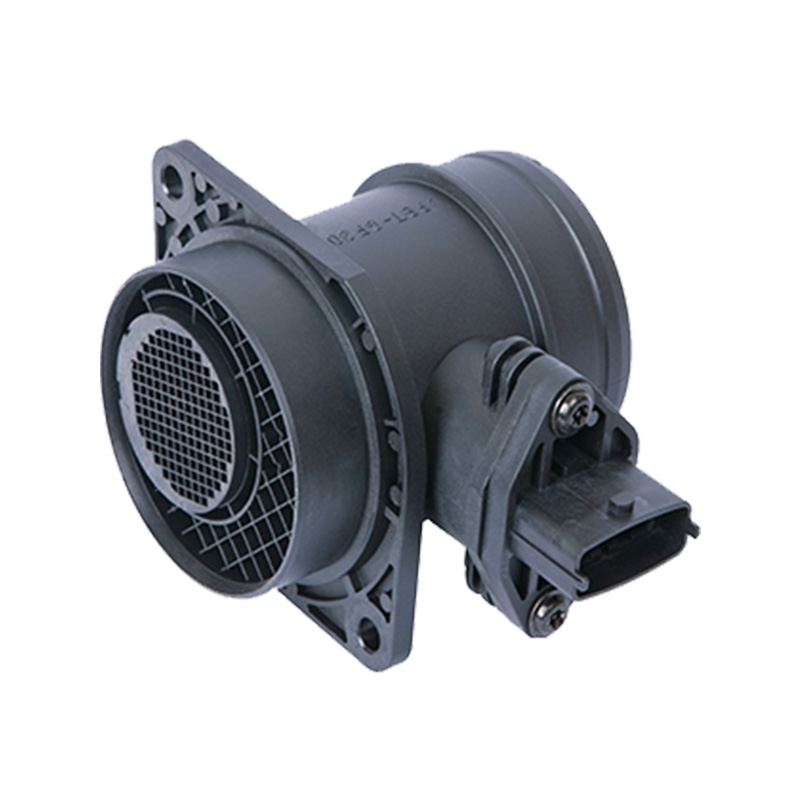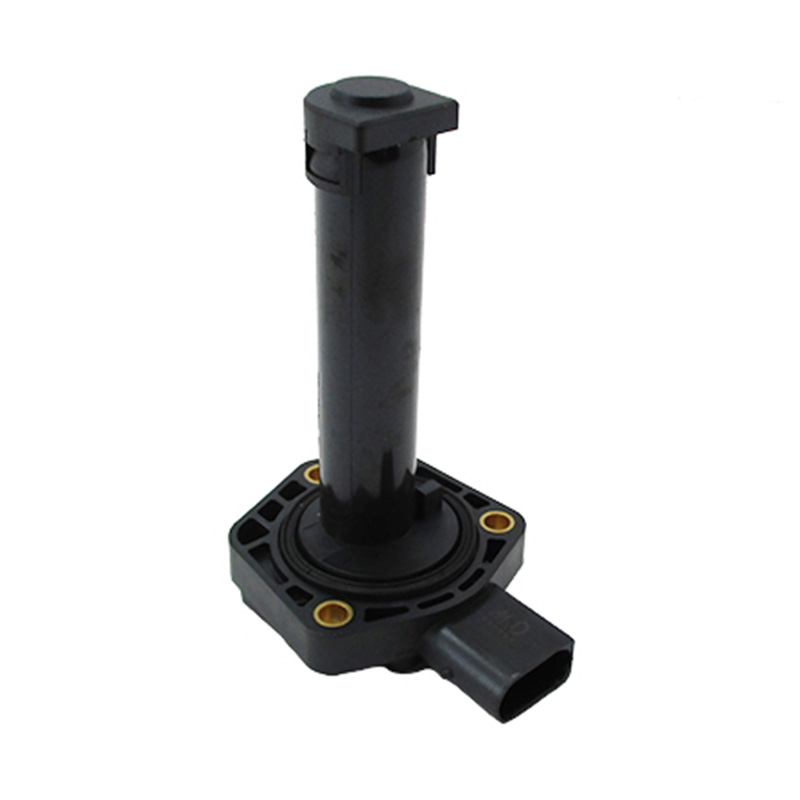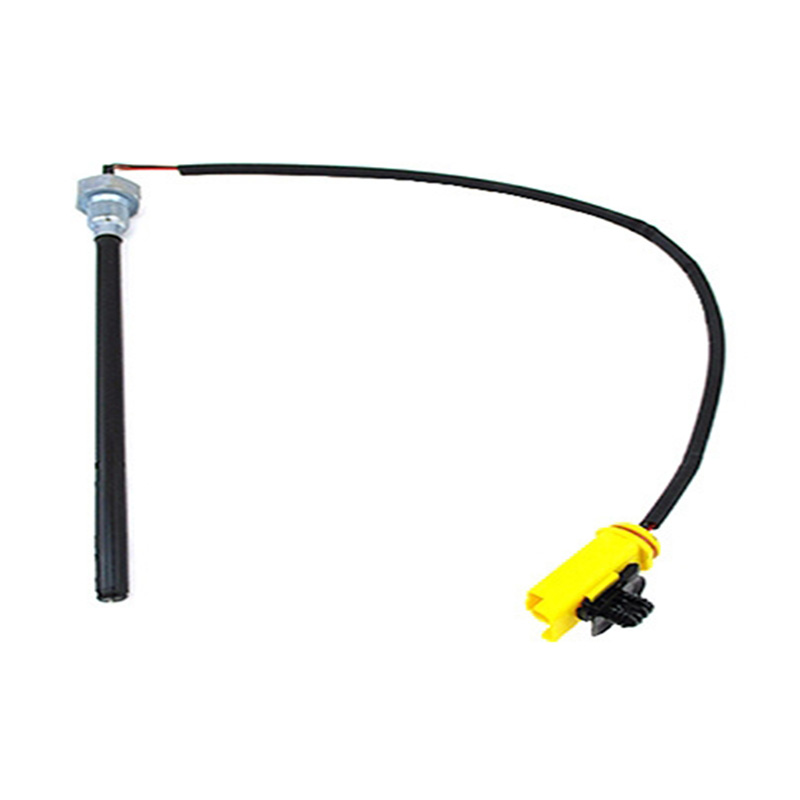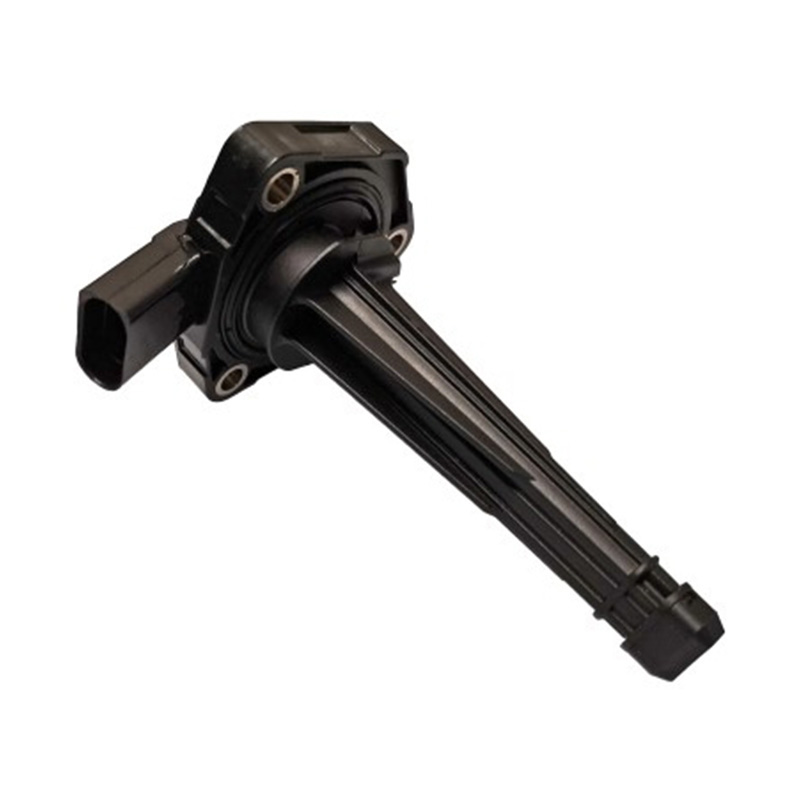OEM.NO: 0281 002 618
See DetailsGuide to Replacing and Repairing the Nissan Airflow Sensor
High quality wholesale nissan airflow sensor for sale
In modern vehicles, the Nissan Airflow Sensor is a critical component that ensures efficient engine operation. It measures the amount of air entering the engine, helping the ECU (Engine Control Unit) to precisely adjust the fuel injection to optimize combustion efficiency. If the Nissan Airflow Sensor fails, it can cause reduced engine performance, increased fuel consumption, and even prevent the vehicle from starting. This article provides a step-by-step guide on how to replace and repair a Nissan Airflow Sensor, including the required tools and important precautions.
Tools and Materials Needed
Screwdrivers (flathead and Phillips)
Wrenches (10mm and 12mm)
Wire cutters (for cutting and stripping wires)
Electrical tape (for repairing wires)
New Nissan Airflow Sensor (model-specific)
Cleaner (for cleaning the sensor and surrounding area)
Gloves (to protect your hands)
Safety glasses (to protect your eyes)
Step-by-Step Guide
1. Preparation
Ensure the Vehicle is Off: Before starting any maintenance work, make sure the vehicle is turned off and cooled down.
Disconnect the Battery Negative Terminal: For safety, disconnect the negative terminal of the battery to prevent short circuits or electric shocks.
Wear Protective Gear: Put on gloves and safety glasses to protect yourself from injury.
2. Locate the Nissan Airflow Sensor
Find the Sensor Position: The Nissan Airflow Sensor is usually located between the air filter and the throttle body, near the intake manifold. The exact location may vary depending on the model. Refer to the vehicle manual for precise positioning.
Inspect the Sensor: Check the sensor for any visible damage, such as cracks, looseness, or corrosion.
3. Remove the Old Nissan Airflow Sensor
Disconnect the Electrical Connector: Locate the electrical connector on the sensor and gently pull it out. Some connectors may require pressing a locking tab before removal.
Remove the Mounting Bolts: Use a screwdriver or wrench to remove the bolts securing the Nissan Airflow Sensor. Typically, there are 2-3 bolts, but the number can vary by model.
Remove the Sensor: Carefully remove the old Nissan Airflow Sensor from the intake manifold. Be cautious not to damage the intake manifold or other components.
4. Clean the Installation Area
Clean the Intake Manifold: Use cleaner and a clean cloth to clean the installation area on the intake manifold, ensuring it is free of dust and dirt.
Check the Seals: Inspect the seals on the intake manifold for any damage. Replace them if they are damaged.
5. Install the New Nissan Airflow Sensor
Install the New Sensor: Place the new Nissan Airflow Sensor into the installation position on the intake manifold, ensuring it is properly aligned.
Secure the Bolts: Use a screwdriver or wrench to reinstall the mounting bolts, tightening them securely but not over-tightening.
Reconnect the Electrical Connector: Plug the electrical connector back into the sensor, ensuring it is fully connected and locked in place.
6. Test and Adjust
Reconnect the Battery Negative Terminal: Reconnect the negative terminal of the battery, ensuring it is securely attached.
Start the Vehicle: Start the engine and check for any unusual noises or warning lights.
Check Sensor Readings: Use an OBD-II scanner to check the readings from the Nissan Airflow Sensor, ensuring it is functioning correctly.
Road Test: Take the vehicle for a short drive to observe its performance and fuel efficiency.
Important Precautions
Ensure Model Compatibility: When purchasing a new Nissan Airflow Sensor, make sure it matches your vehicle's model. Refer to the vehicle manual or consult a professional technician.
Avoid Over-Tightening Bolts: During installation, do not over-tighten the mounting bolts to avoid damaging the sensor or intake manifold.
Keep Everything Clean: Before installing the new Nissan Airflow Sensor, ensure all parts and the installation area are thoroughly cleaned.
Regular Inspections: Even after replacing the Nissan Airflow Sensor, regularly check its condition to ensure long-term reliable operation.
Seek Professional Help: If you are unsure about the replacement process, seek assistance from a professional technician to avoid unnecessary damage and safety risks.
Conclusion
Replacing and repairing a Nissan Airflow Sensor is a relatively straightforward task but requires careful handling and some technical knowledge. By following the steps and precautions outlined above, you can ensure the sensor is installed correctly and functions properly, thereby improving your vehicle's performance and fuel efficiency. We hope this guide helps you successfully replace your Nissan Airflow Sensor.
